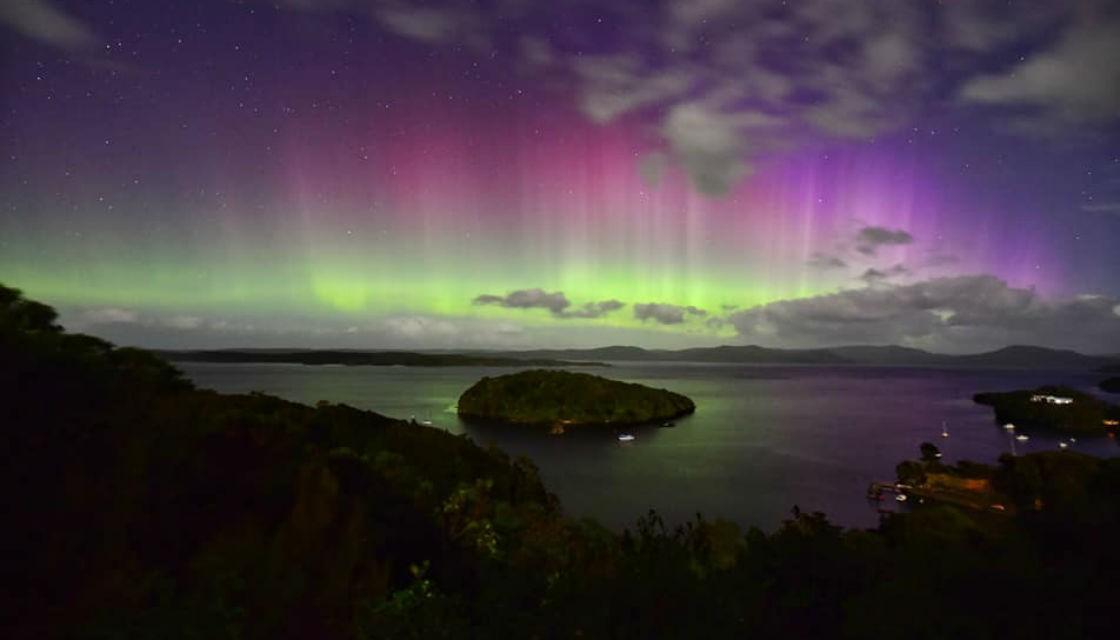People in Dunedin, Stewart Island or the south coast of Wellington could be in for a rare sight. The southern lights, cousin of the famous northern lights are expected to be visible to the naked eye.
- Aurora Australis puts on spectacular light show down south
- 'It was magical': The best moments from the Aurora Australis
- Amazing Aurora Australis spotted over Auckland
The lights made an appearance on Tuesday night, to the excitement of photographers and astronomers, and could make another appearance tonight.

According to Professor Craig Rodger from Otago University's physics department - the fun isn't over yet.
He told Newshub, normally, he wouldn't be able to predict auroras, but recent activity on the sun means the likelihood of more lights has increased.
About a week ago, two explosions were launched from then sun, and are currently speeding through space.

"Coronal mass ejections - or as I call them, solar tsunamis, throw out big waves of plasma that come from the sun, and essentially throw big chunks of the sun into space," he told Newshub excitedly.
When these solar tsunamis crash into the earth's magnetic field, we see the glow of the aurora.
In order for this glow to be visible to the naked eye, Professor Rodger says the further south you are, the better.
"If I was in Stewart Island, I'd be very, very excited. If I was in Dunedin, I'd be pretty excited. If I was somewhere in Wellington, I'd probably have to wait and see before I went out in the cold,"
The best time to view the lights is between 9pm and 3am on Wednesday night and Thursday morning.
To have the best chance of seeing the lights, Rodger says you need to be as close to sea level as possible, looking due south towards the horizon, with no land masses in the way.
The reason more southern regions have a higher chance of seeing the lights are due to earth's magnetic field.
"There is a region of magnetic latitude which is the 'sweet spot' for aurora to occur overhead," Rodgers told Newshub.
"We tend to think of the northern hemisphere aurora spots, like Finland, Sweden and Canada. A lot of Antarctica is good, and sometimes the aurora gets close enough to the equator for Dunedin or Hobart to see aurora."
However, seeing aurora in places like Auckland would be a very rare event. In order for other places in New Zealand to be able to see it, the aurora would need to be higher in the sky.
"If the event is big enough, it will be high in the sky and locations all over will be able to see it, from say, Stewart Island onwards. Those events are rarer."
Even though Wellington doesn't have the best chances, he says it's still possible people in the capital could catch a glimpse.
"I know that people in Wellington go to Red Rocks because you can look due south with no land in the way and it's dark as a bastard, so although you can't see anything with the naked eye, a lot of people take their cameras and take pictures," he told Newshub.
However, Rodger says his predictions are not set in stone.
"Mother Nature does not run by my rules," he said.
"It's really, really hard to predict when these solar tsunamis will hit. So although it's looking like today or tomorrow, we could be off by 12 hours, or they could miss us entirely."
Newshub.

